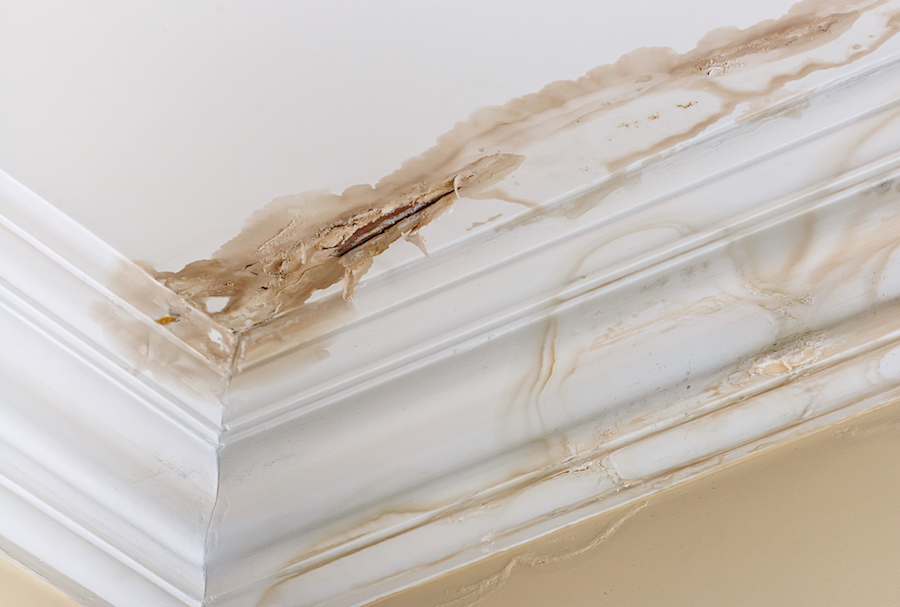Three ways to detect roof and building leaks

Few things strike fear in the hearts of building owners like water damage. Even a small leak can wreak havoc on walls and flooring. Of course, one of the great concerns of moisture inside buildings is growth of mold. Mold can begin to grow on wet surfaces in only a day or two.
So, it comes as no surprise that finding the root cause of water leaks is a top priority when water infiltration occurs. Yet finding the source of a water leak can prove problematic when relying only on what is visible. Water leaks often start in areas that are not easily identifiable, and in those instances, other methods need to be used.
Exterior spray testing
If you’ve ever dealt with a slow water leak or an area that only leaks during certain types of weather, you know the frustration of identifying the source of a leak.
Exterior spray testing determines the source by testing certain areas of roofs or exteriors with known quantities of water sprayed using a specific method.
Testing may include measuring permeability or absorption through materials such as a cinderblock wall. Other methods may include mimicking rain at certain pressures and directions.
Infrared thermography
Technology is allowing detection of water leaks in a whole new way. Infrared thermography uses an infrared camera to highlight areas of temperature difference.
When moisture is present, the moist area is a different temperature than the surrounding area and thus becomes visible using an infrared camera.
This method is particularly useful for roof leaks and underfloor leaks, where moisture meters and other methods may not work.
Moisture meter
One of the most commonly used leak detection methods is moisture meters. As stated above, they are not effective in all types of leak detection.
However, moisture meters can be used for testing on accessible surfaces. The moisture meter gives readings based on the moisture on a surface—a higher reading surrounded by areas of low moisture is an indication of a leak.
It should be noted that moisture meter readings may be affected if testing in an extremely humid environment.
Remember, start looking for the root cause at the first sign of a water leak. Early detection can prevent further damage to your building. Contact a professional if you are unable to locate the source of a leak. Using a variety of methods, the cause of the water infiltration can be located and corrected.
